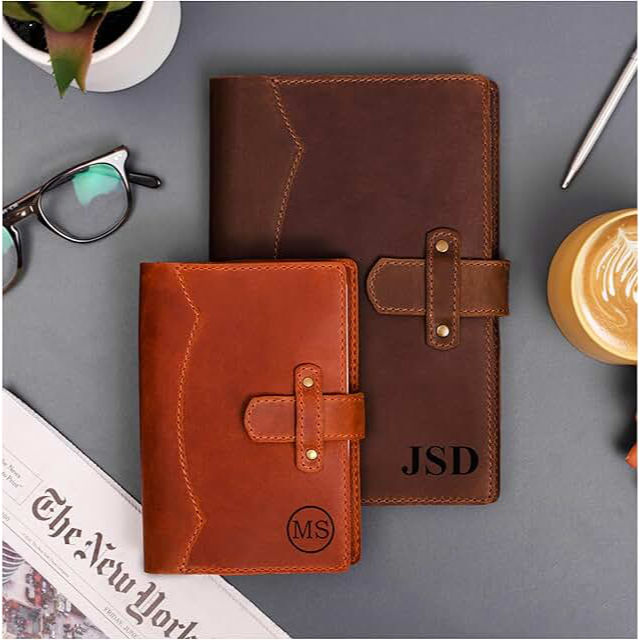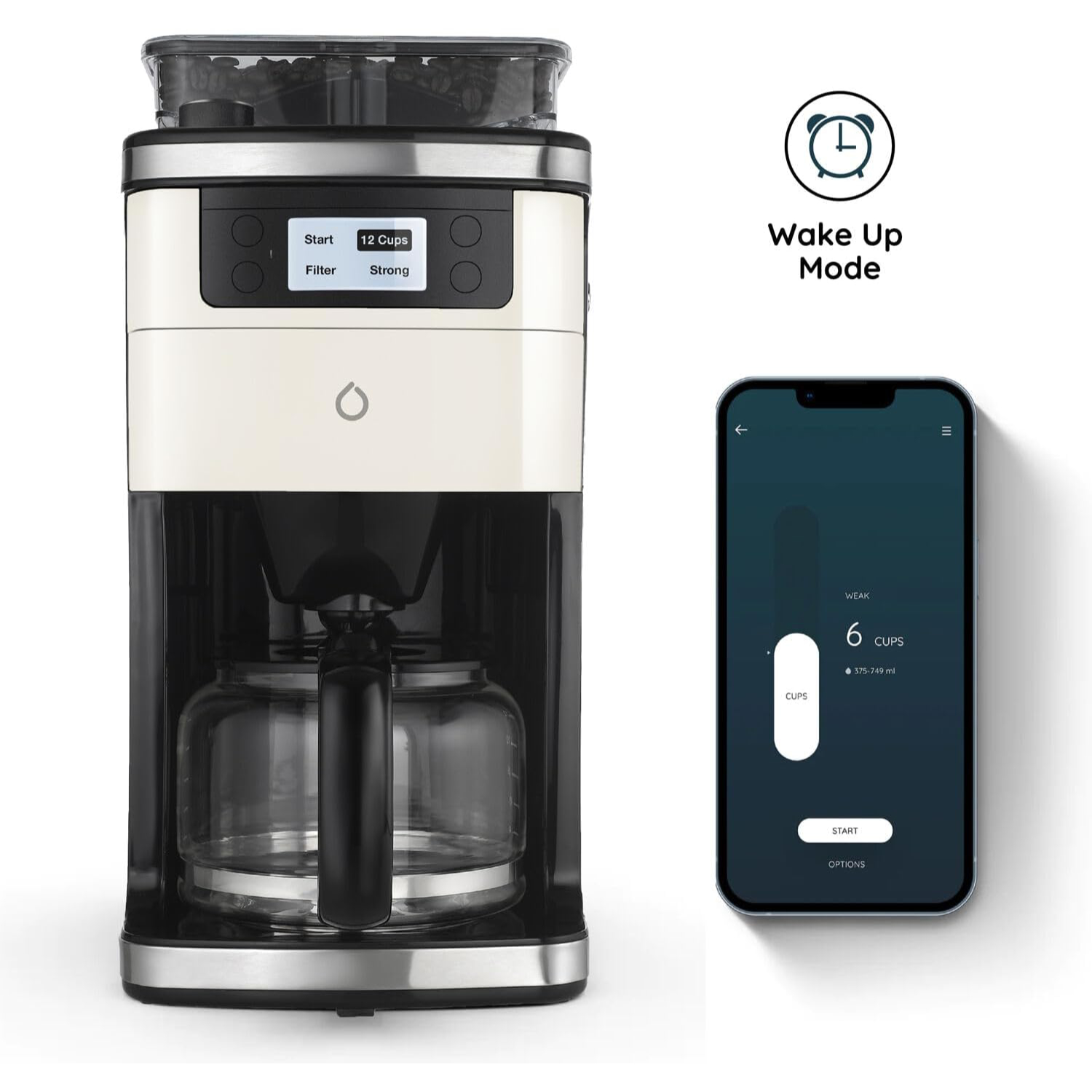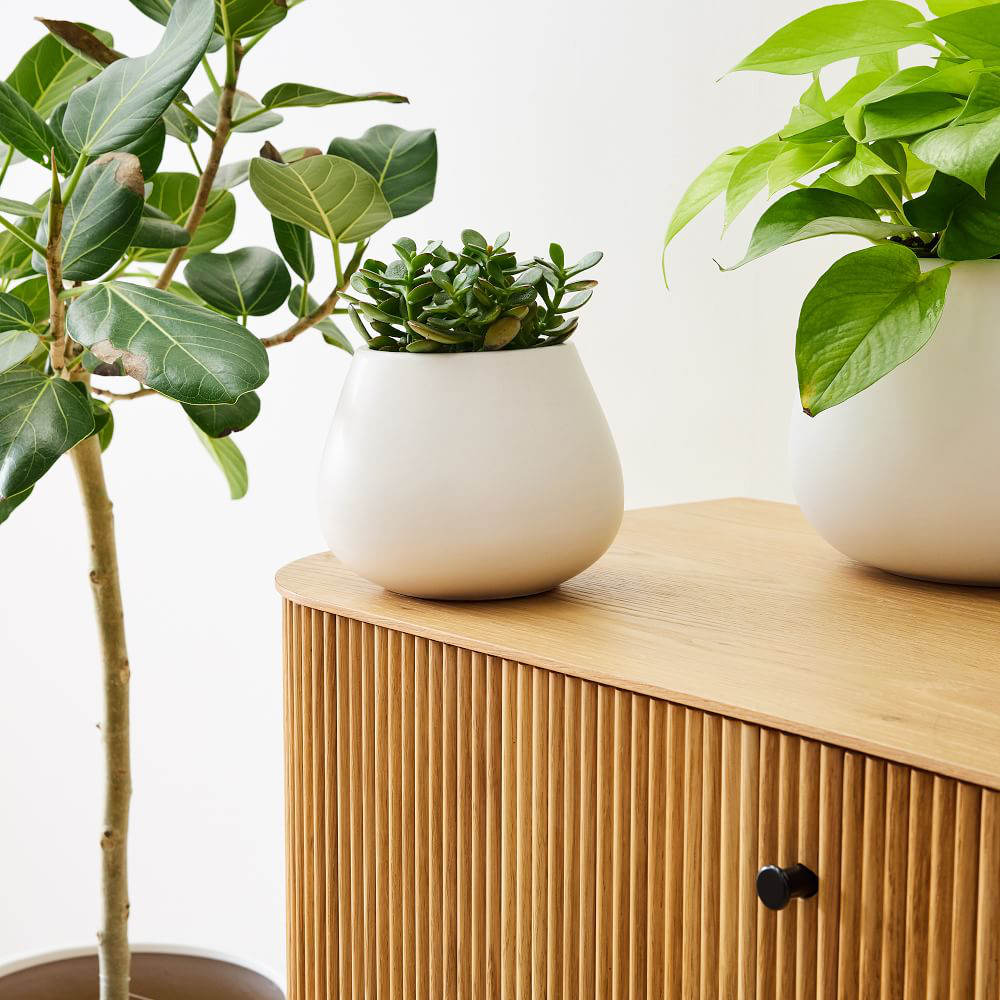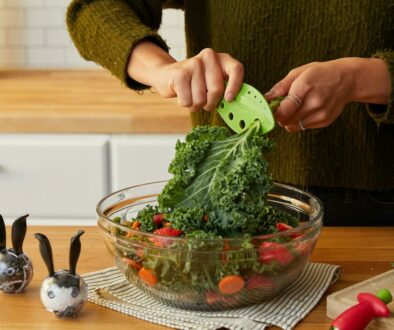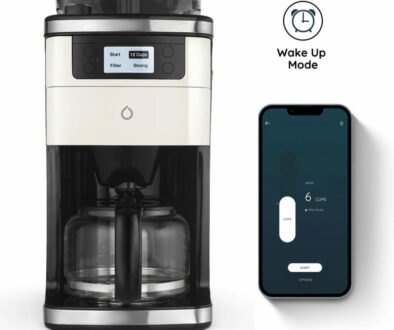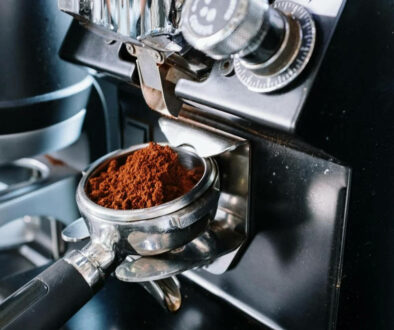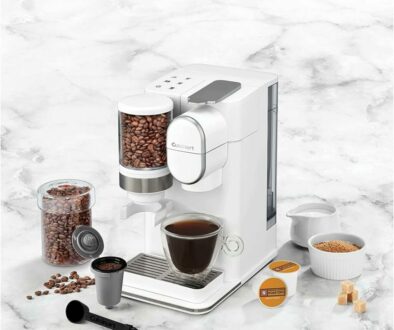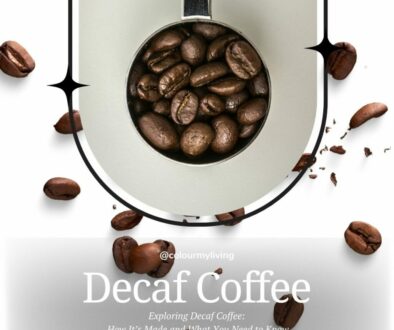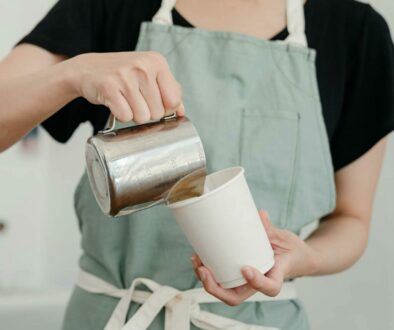What to Look for in a Bean to Cup Machine: features that matter for that perfect brew
Choosing the right bean-to-cup machine can be a game-changer for coffee lovers looking to bring café-quality coffee into their home with minimal effort. These fully automatic machines simplify the brewing process by grinding the beans, extracting the espresso, and frothing the milk—all at the touch of a button. But with so many options available, knowing which features matter most can make the difference between a machine that simply brews coffee and one that levels up your daily coffee experience.
Whether you’re an espresso enthusiast, a cappuccino connoisseur, or someone who enjoys the convenience of automatic brewing, it’s important to consider factors like grinder quality, milk frothing capabilities, ease of use, and customization options. In this section, we’ll break down the key features to look for when investing in a bean-to-cup machine, ensuring that you select the perfect model to suit your taste, kitchen space, and lifestyle.
Here are some critical factors to consider when choosing a bean to cup machine:
1. Grinder Quality
A top-notch built-in grinder is essential for any bean-to-cup machine, as freshly ground coffee beans directly impact the taste and aroma of your espresso. Look for machines with ceramic or stainless steel burr grinders rather than blade grinders. Burr grinders produce a more consistent grind size, which is crucial for optimal extraction. Some machines also offer adjustable grind settings, allowing you to fine-tune the flavor to your preference.
The Philips 3200 Series features a ceramic burr grinder, which is durable and offers a consistent grind without overheating the beans. Its grind settings are adjustable, making it easy to customize your brew.
The Jura E8 has a stainless steel burr grinder with multiple grind settings, ensuring consistent grind size for optimal extraction.
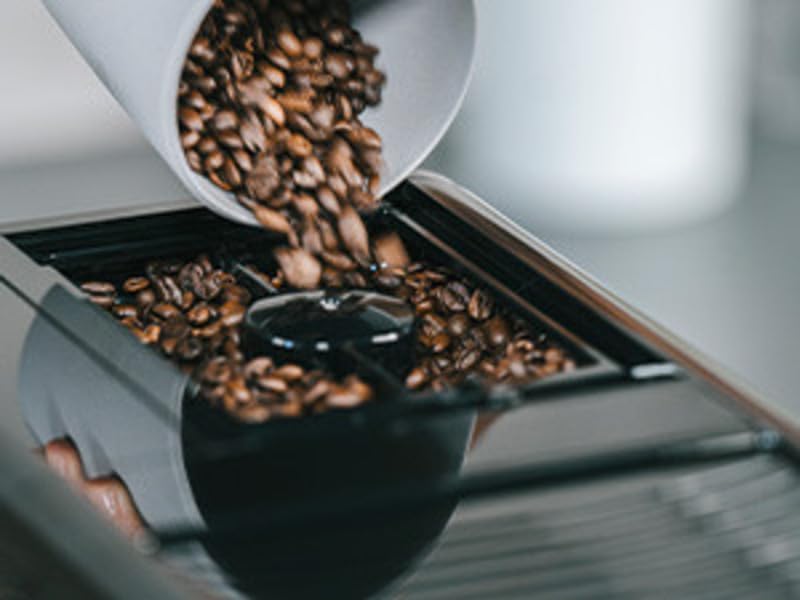
Find top-rated automatic espresso machines that deliver quality coffee effortlessly in our article Super Automatic Espresso Machines from bean-to-cup with a press of a button.
2. Pressure Pump
Espresso requires high pressure for proper extraction, typically around 15 to 20 bars. Ensure the machine has a strong pressure pump that can deliver the right amount of pressure to extract the rich, creamy espresso shot with that signature layer of crema on top.
The Breville Oracle Touch uses a 15-bar Italian pump to ensure rich and creamy espresso shots with perfect crema.
The De’Longhi Dinamica features a 15-bar pressure pump, providing powerful and consistent pressure for espresso extraction.
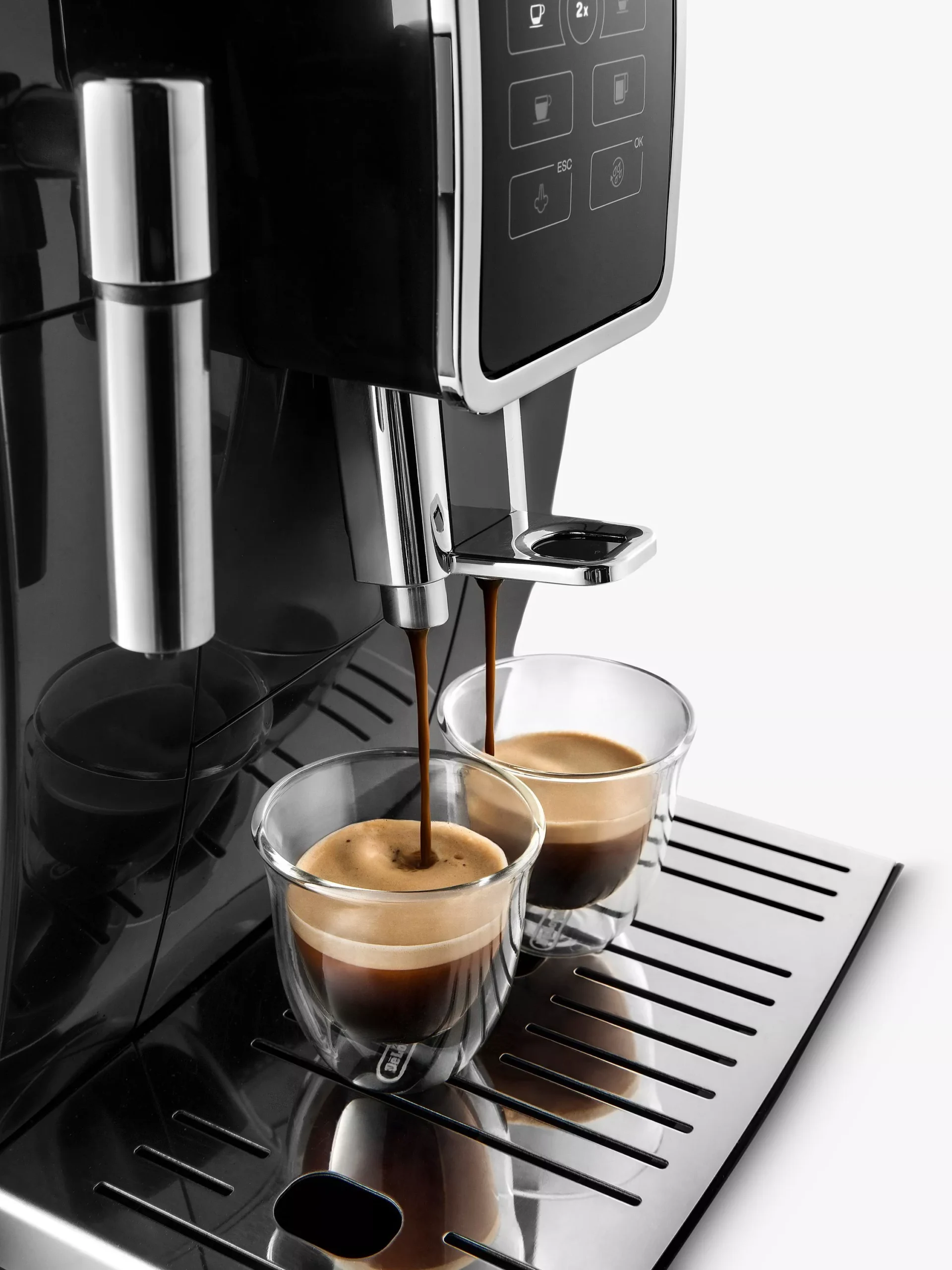
3. Milk Frothing System
If you enjoy milk-based drinks like lattes and cappuccinos, pay attention to the milk frothing system. Some machines feature automatic milk frothers, like the LatteGo system or built-in steam wands, which automatically steam and froth the milk to your desired consistency. If you prefer manual control, look for machines with a manual steam wand, giving you the freedom to froth milk yourself for precise texture.
The Saeco Xelsis has an automatic milk frothing system that creates barista-quality milk foam with the touch of a button. It’s ideal for lattes and cappuccinos.
The Gaggia Anima Prestige offers an automatic milk frothing system and is highly praised for its ability to froth milk to perfection for creamy, frothy drinks.
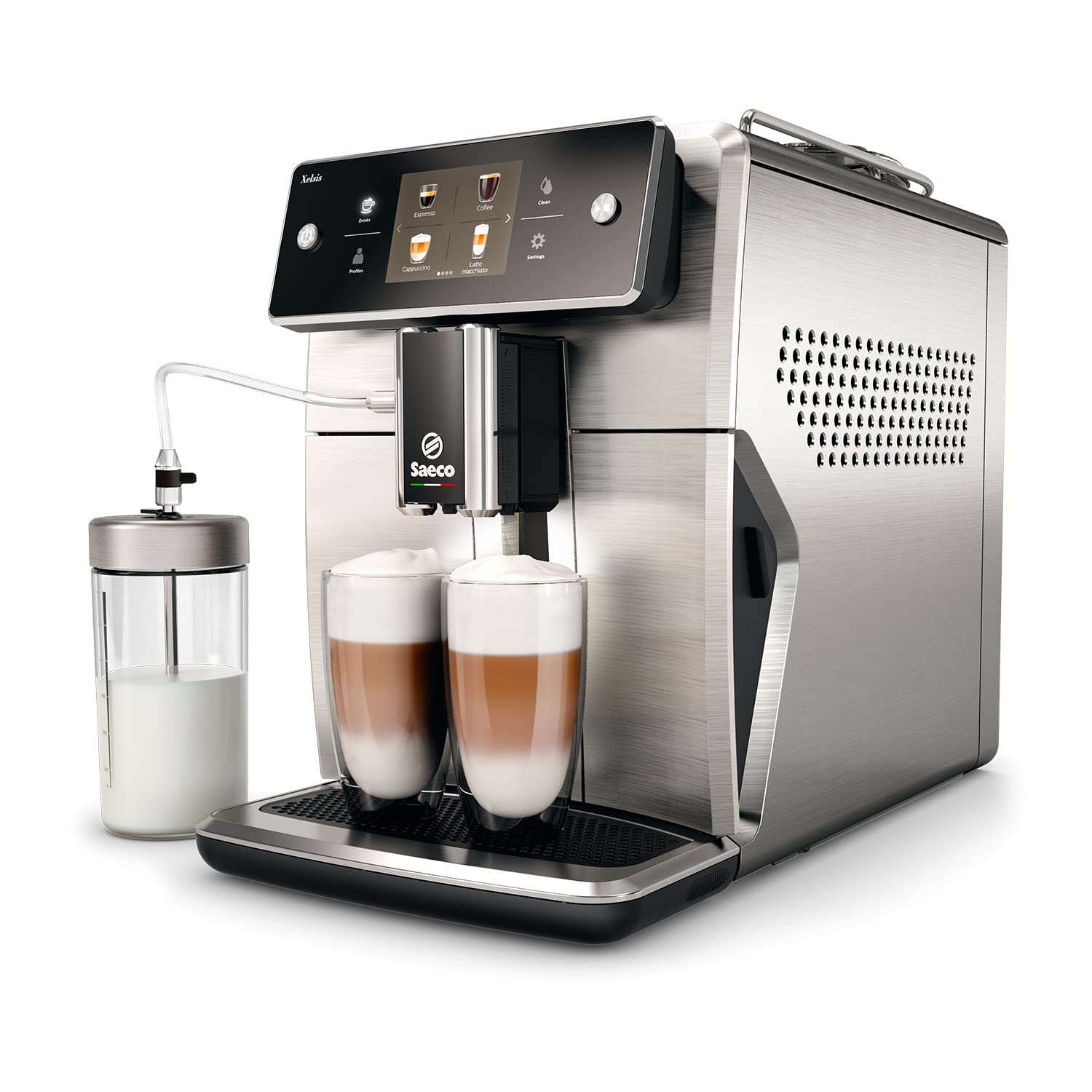
Learn more about the The Art of Milk Frothing: How to Achieve Perfect Microfoam for Lattes.
4. Customisation Options
The best automatic espresso machines provide a range of customisation features. Look for machines that allow you to adjust the coffee strength, water temperature, brew length, and grind size. More advanced models often let you create and save personalized drink profiles, so you can brew your favorite coffee with just a press of a button.
The Miele CM7750 Coffee Select lets you customize everything from coffee strength to milk texture, with 20 different drink options and three separate bean containers for variety.
The De’Longhi Dinamica Plus offers a high level of customization with five adjustable strength settings and the ability to save personalized drink preferences.
5. Ease of Use
One of the biggest advantages of a bean-to-cup machine is convenience. Look for machines with intuitive interfaces and one-touch operation for easy brewing. Models with digital displays or touchscreens simplify the process of selecting and customizing your drinks, making it easier to brew the perfect espresso or cappuccino without complicated settings.
The Philips 3200 Series offers a simple touch display, making it easy to brew your favourite espresso or cappuccino with a single touch.
The Breville Oracle Touch features an intuitive touchscreen that allows you to swipe and select your favorite coffee drinks, then brews them automatically.
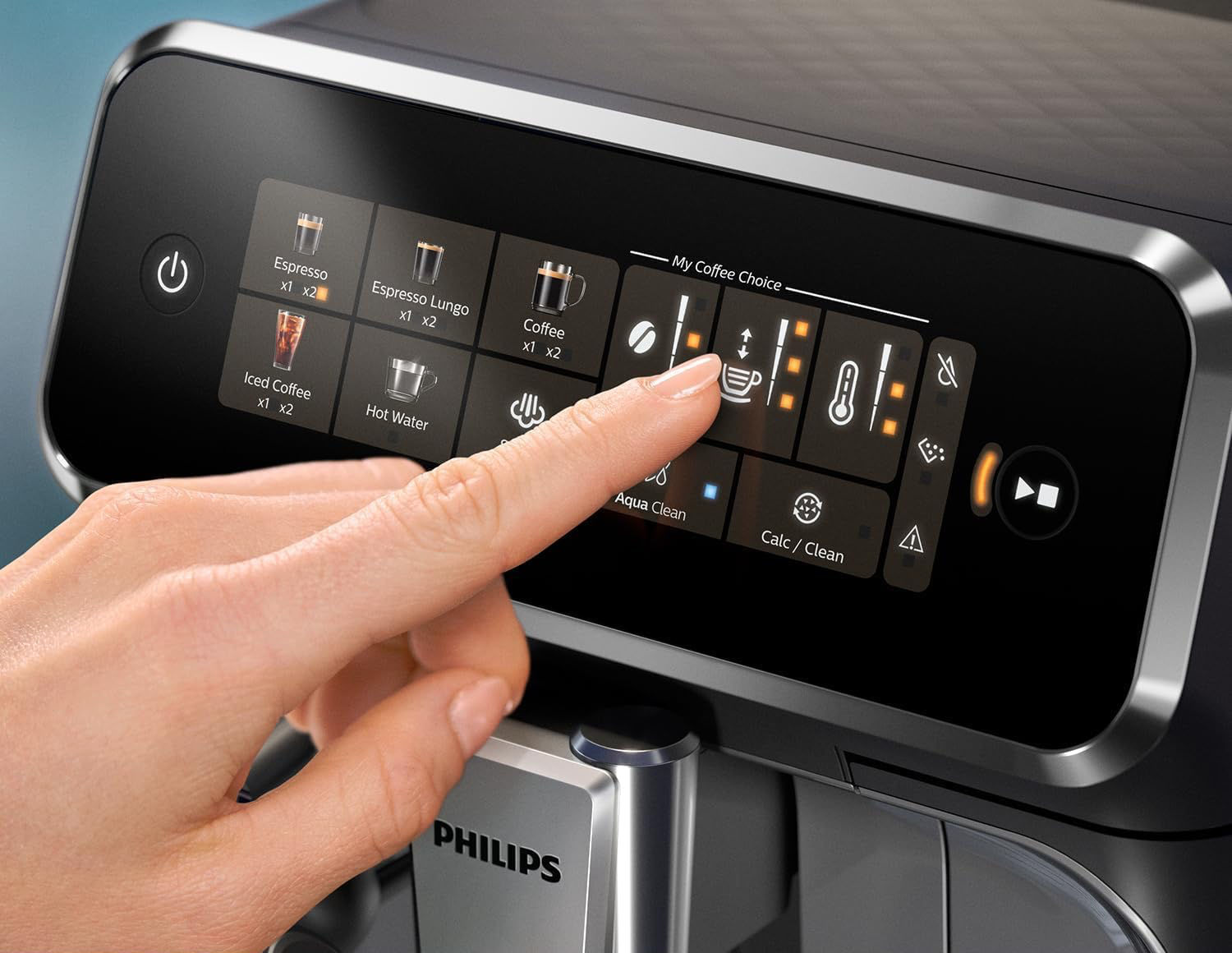
6. Cleaning and Maintenance
Automatic espresso machines can be complex, so easy maintenance is a crucial factor. Machines with self-cleaning systems, removable brewing units, or automatic descaling features will save you time and effort in keeping your machine in top condition. Look for easy-to-clean milk frothers or systems that are dishwasher-safe for added convenience.
The Jura E8 features a self-cleaning milk system that automatically rinses itself after each use, reducing maintenance and ensuring hygienic milk frothing.
The Philips 3200 Series with LatteGo makes cleaning easy with a two-part milk system that’s dishwasher-safe, and it has a self-cleaning function for the brewing system.
7. Size and Design
If counter space is a concern, make sure to check the size and footprint of the machine. Some models are more compact than others without sacrificing functionality. The design is also an important consideration—many automatic espresso machines come in sleek, modern finishes like stainless steel, which can enhance the look of your kitchen.
The De’Longhi Dedica is known for its slim design, measuring just 6 inches wide, making it perfect for kitchens with limited space while delivering excellent espresso.
The Gaggia Anima has a compact footprint but still includes all the features of a larger machine, including automatic milk frothing
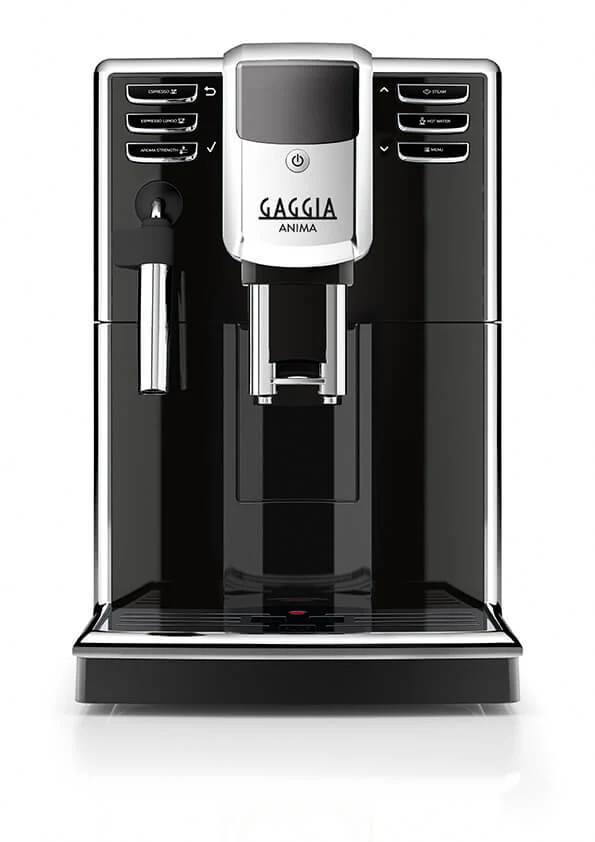
8. Water Tank and Bean Hopper Capacity
Depending on your coffee consumption, you may want a machine with a large water tank and bean hopper capacity. This will allow you to brew multiple cups without having to refill constantly. Machines with removable water tanks make refilling and cleaning easier, too.
The Jura Z8 comes with a 2.4-liter water tank and a 280-gram bean hopper, perfect for large households or frequent coffee drinkers.
The Saeco Xelsis features a 1.7-liter water tank and a 290-gram bean hopper, ensuring you can brew several cups without constant refilling.
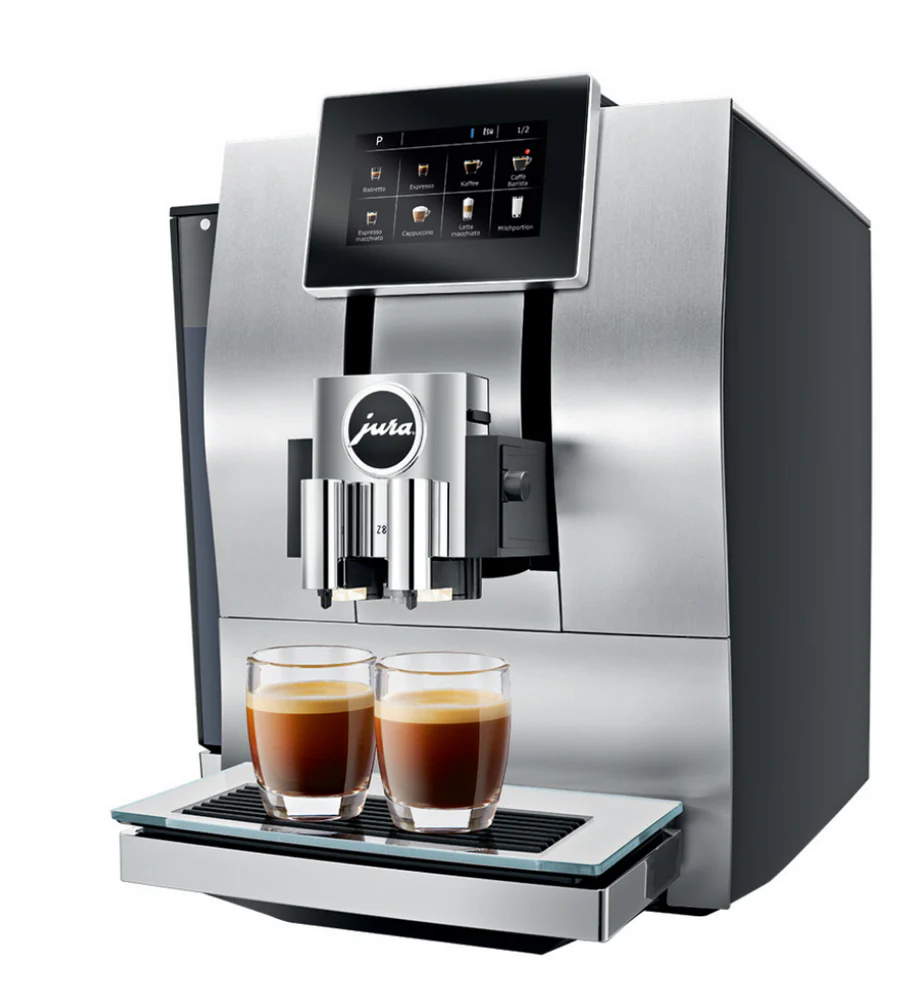
9. Price and Value
Bean-to-cup machines come in a wide range of prices, from affordable models to high-end machines with all the bells and whistles. Consider your budget and how often you’ll use the machine. If you’re a daily espresso drinker or enjoy a variety of coffee drinks, it may be worth investing in a more feature-rich model that offers better value over time.
The Breville Oracle Touch is priced at the higher end, around $2,500, offering an array of automated features, including automatic grinding, dosing, tamping, and milk frothing.
Example: The De’Longhi Magnifica S is a more affordable option at under $1,000, offering great value for a fully automatic machine with essential features like a built-in grinder and milk frother.
If you are considering a bean-to-cup, we have one that fits ever budget, head over to which bean-to-cup coffee maker? The best machines whatever the budget.
By keeping these factors in mind, you’ll be able to find the best automatic espresso coffee machine that fits your coffee habits, kitchen space, and budget. Whether you prioritize convenience, customization, or milk frothing abilities, choosing the right machine will elevate your coffee experience from bean to cup with just the press of a button.
